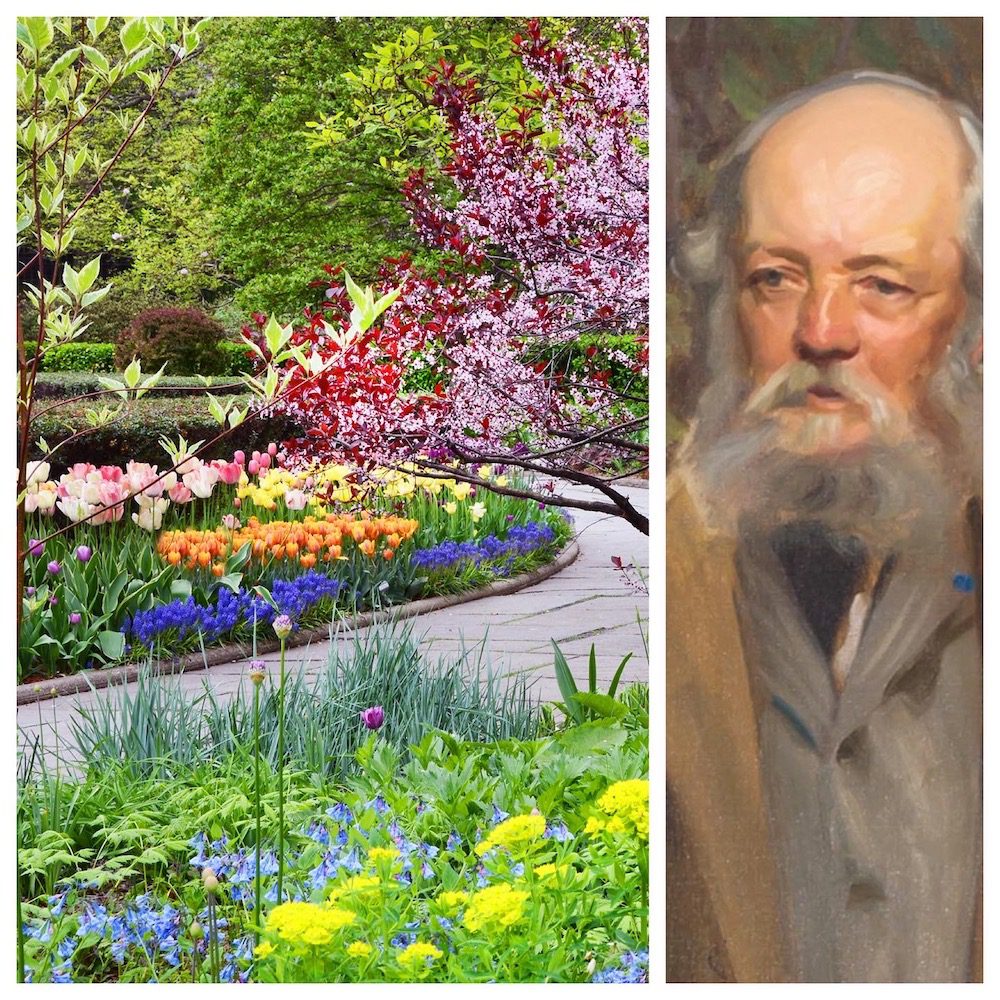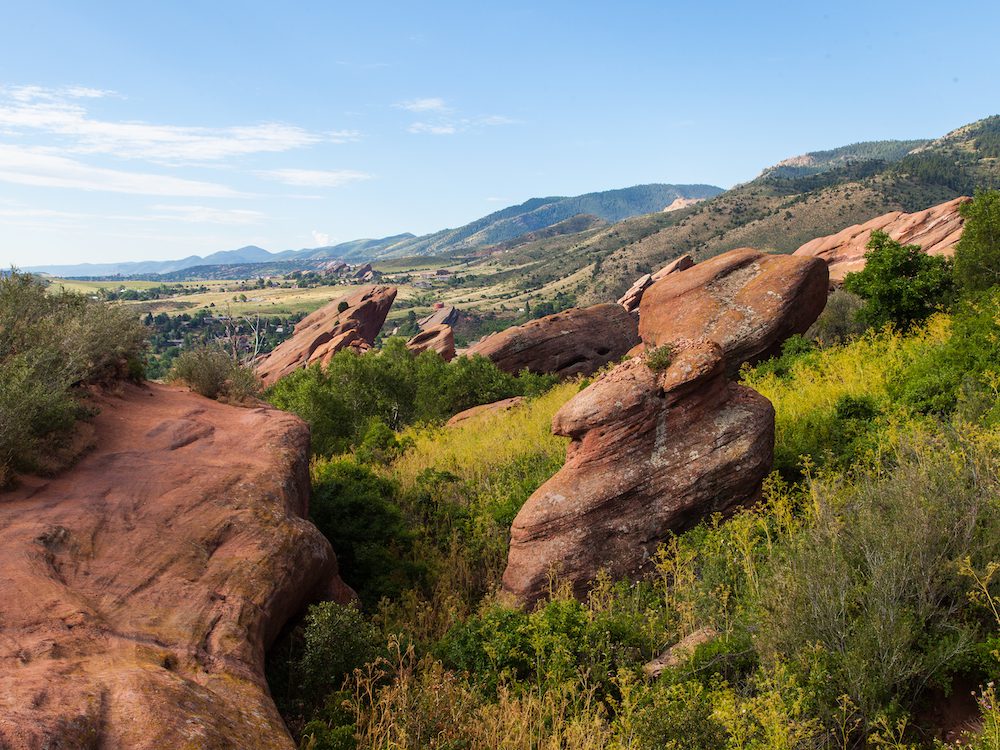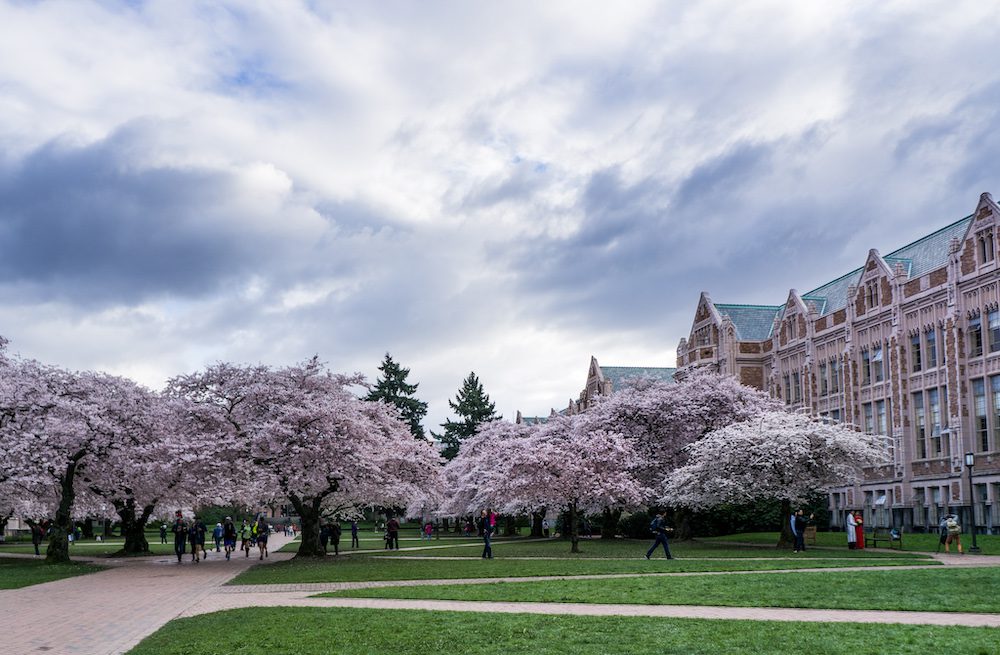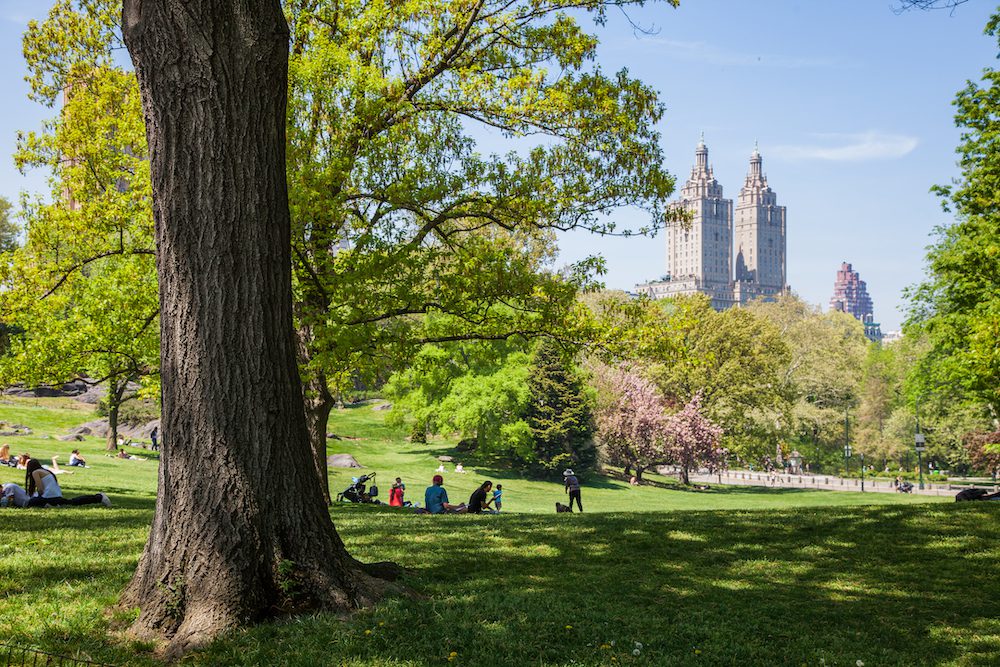Happy 200th Birthday to the Father of National Parks + More
By Jill Brooke

Something to celebrate!!
Today is the bicentennial birthday of Frederick Law Olmsted, Sr. – the visionary father of landscape architecture. Olmsted was a passionate advocate for creating magnificent parks in an urban environment for everyone – of all classes, ages, and cultures – to enjoy plus so much more.
Yes, he is best known as the pioneering co-creator with Calvert Vaux of Central Park in 1858 but he also saved Niagara Falls, helped carve the legacy of Yosemite Park and even designed two mountain parks in Louisville, Kentucky and Montreal. In 1861, Olmsted gave up oversight of Central Park to run the newly created U.S. Sanitary Commission, a predecessor of the Red Cross. While in the South, he was so horrified by the cruelty of slavery that he wrote the book, “The Cotton Kingdom,” which is credited for the reason Europe didn’t side with the South during the Civil War. He remained an abolitionist his whole life and an advocate for everyone to enjoy nature’s gifts and have access to them.
This is why I’m so excited to tell you about the Cultural Landscape Foundation’s (TCLF) “What’s Out There Olmsted”
“It’s a free online digital guide to more than 300 landscapes designed by Olmsted and his successor firm and collaborators,” says the very informed Charles A. Birnbaum, TCLF’s President and CEO. “For more than 100 years, Olmsted, Sr., and his successor firms shaped cities, parks and park systems, scenic reservations, residential neighborhoods, cultural, and academic campuses. Their work helped create a national identity and an unrivaled design legacy.”
Definitely, something to share for family convo and send to friends. We here at flowerpowerdaily encourage you to share this story with your children who should know the name of Frederick Law Olmsted. Maybe play a trivia game at a dinner party with friends or family on all the parks he cultivated and created.

With nature pressing the pause button on our priorities and perspectives due to the pandemic, the appreciation of nature’s gifts has been finally elevated in the public’s consciousness. Not only were bucolic parks one of the only recreational activities people could enjoy – thank you Frederick Law Olmsted – but over 20 million people are now gardening enthusiasts.
The sites in What’s Out There Olmsted range from more than 30 National Historic Landmarks to lesser-known gardens, parks, and comprehensive plans. The Olmsted imprint can be found coast to coast: in North Carolina at the great Biltmore Estate; Colorado’s Mountain Park System near Denver; the grounds of the U.S. Capitol and the Lincoln Memorial in Washington, D.C.; California’s Stanford University and Yosemite National Park; and Montreal, Canada’s Mount Royal.
Each What’s Out There Olmsted entry includes a concise, 250-word site description, drop-down menus with information about the site’s typology (e.g., public park, suburb, etc.), style (e.g., picturesque, Beaux- Arts/Neoclassical, etc.), designers, and related landscapes. It also indicates if a site has recognized significance (e.g., National Register of Historic Places, National Historic Landmark). Each entry has a media gallery with four to ten images, and where applicable, a complimentary video or link to an external website. The drop-down menu under Places includes an Advanced Search function that enables users to search geographically by region, state, city, zip code, and up to 100 miles from a specific zip code. Here’s a link to a state-by-state list of all the sites in the guide.
So like a great menu, you can roam around until you find something appetizing to sample.

In addition to revealing these landscapes, the What’s Out There Olmsted guide uncovers the fascinating stories of those that worked with, for, and after Olmsted to create these memorable landscapes. Notable among them is Warren Manning, who worked for Olmsted, Sr. for eight years before opening his own practice. During his career, he worked on more than 1,700 projects, including estates, parks and park systems, city plans, campus plans, subdivisions, golf courses, and institutional grounds. Another Olmsted firm alum, Arthur Shurcliff, who specialized in the restoration of early American town commons, went on to become the landscape architect for Colonial Williamsburg. Massachusetts native William Lyman Phillips ultimately settled in Florida and collaborated with the Olmsted Brothers for decades. Finally, Stella Obst, about whom more is being learned, spent some 40 years at the Olmsted Brothers firm working closely with Frederick Law Olmsted, Jr.
Wonderful, right?
What’s Out There Olmsted is made possible by Lead Sponsor the National Endowment for the Arts and Educational Partners Olmsted 200 and the American Society of Landscape Architects. As in years past, contributions from great nature lovers help educate the public and give a source of entertainment and enrichment to many. Enjoy!
Also for Olmsted fans, coming out in the fall from Timber Press is “Experiencing Olmsted – The Enduring Legacy of Frederick Law Olmsted’s North American Landscapes,” a richly illustrated 344-page guidebook to 200 sites, authored by TCLF President and CEO Charles A. Birnbaum, Arleyn A. Levee, and Dena Tasse-Winter. Another great book is “Genius of Place: The Life of Frederick Law Olmstead” by Justin Martin.

Jill Brooke is a former CNN correspondent, Post columnist and editor-in-chief of Avenue and Travel Savvy magazine. She is an author and the editorial director of FPD, floral editor for Aspire Design and Home magazine and contributor to Florists Review magazine.
